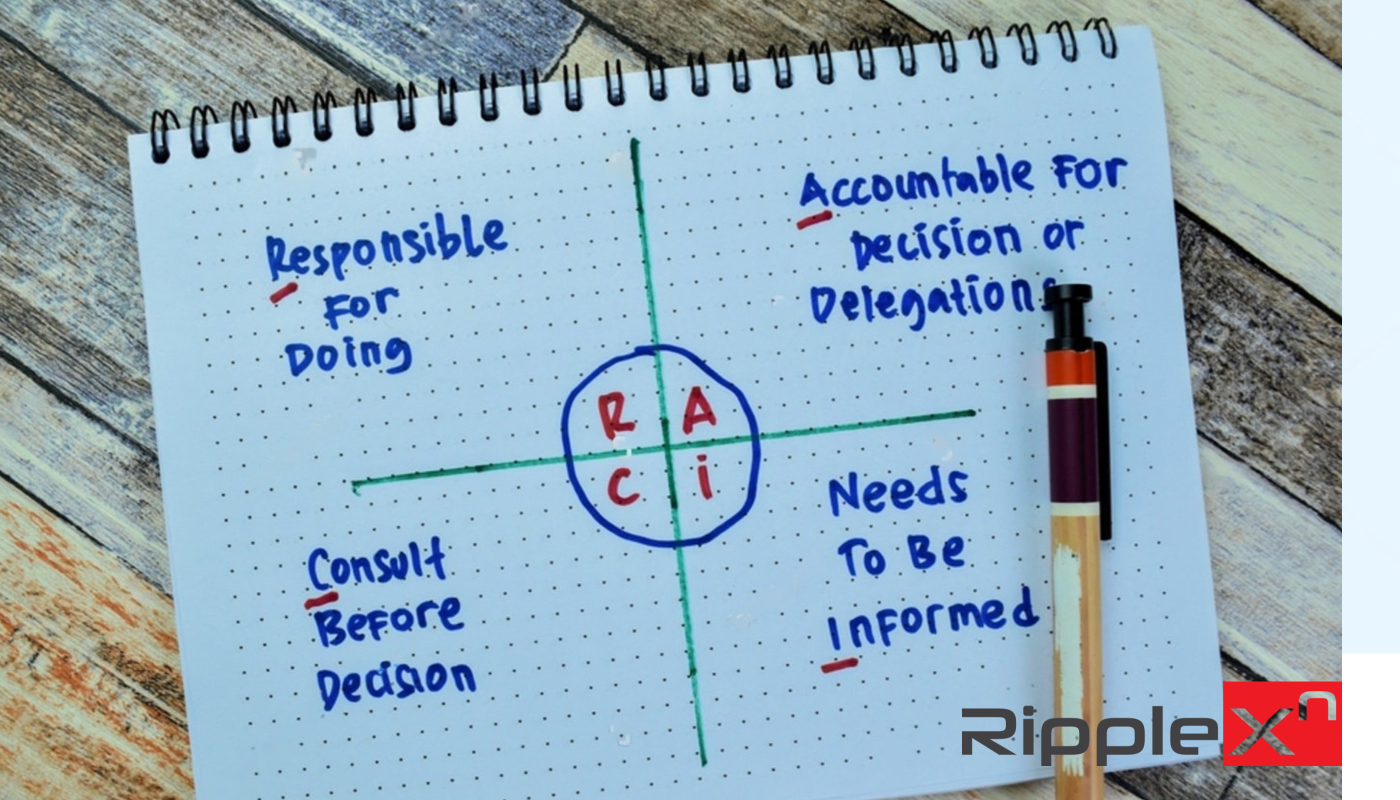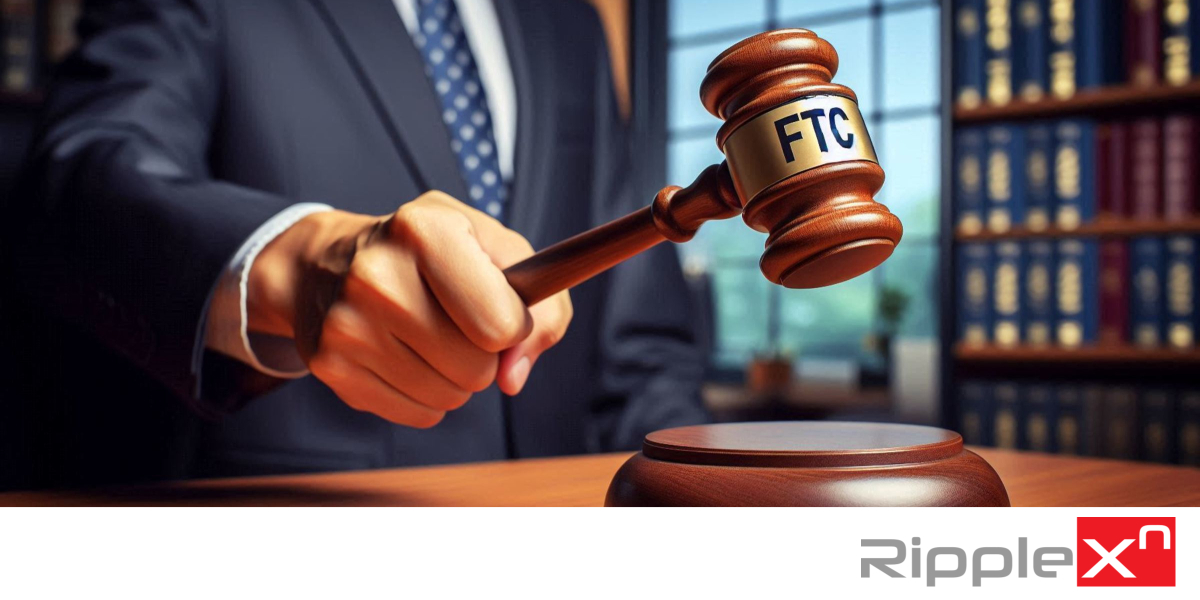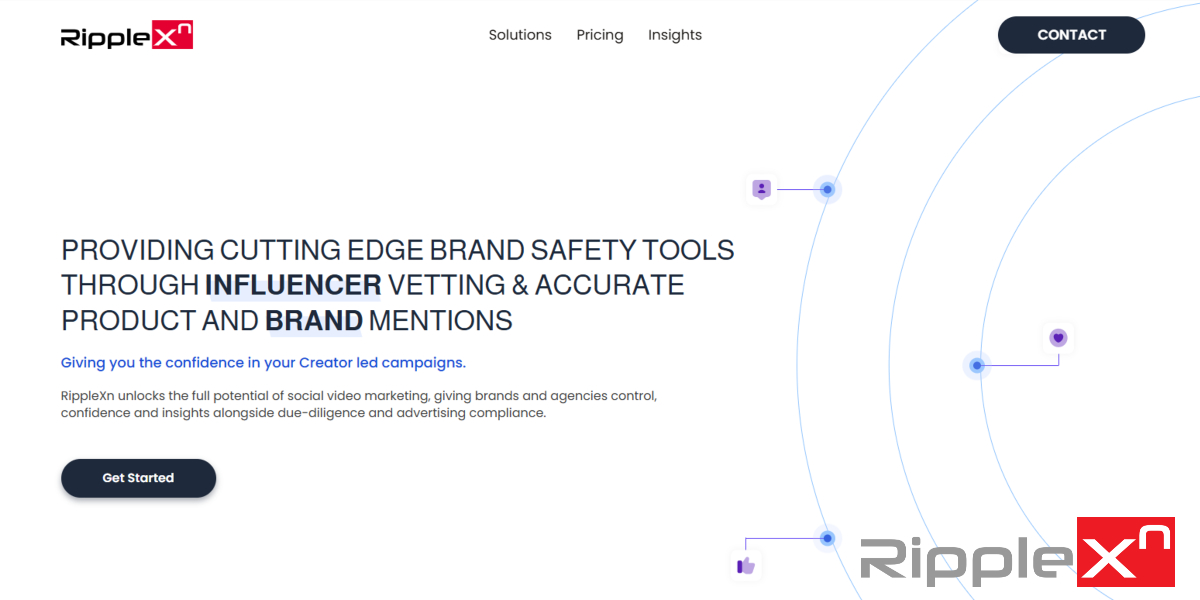In today's digital age, where information spreads at an unprecedented pace, brand reputation has become more important than ever before.
A brand's reputation is the perception and image that people have of a particular company, product, service, and occasionally an individual associated with a company. It is a culmination of various factors, including the quality of products or services, customer experiences, and the overall values and behaviors exhibited by the brand.
The Impact of Damaged Brand Reputation
A damaged brand reputation can have severe consequences for a business. It can lead to a loss of customer trust and loyalty, decreased sales, negative media coverage, a downturn in share price, and potential legal issues.
The following examples illustrate the impact that reputational brand damage can have on a business:
- Volkswagen's emissions scandal in 2015 resulted in a loss of trust from consumers and a significant drop in sales.
- Nike faced backlash in 2018 when it released an ad featuring Colin Kaepernick, resulting in some consumers boycotting the brand. This story did ultimately end well with an uplift in sales.
- Pepsi's 2017 Kendall Jenner commercial was widely criticised for trivialising social justice movements, damaging the brand's reputation.
- Logan Paul dropped by YouTube premium advertising in 2018 following backlash to showing dead body in a video post.
Stakeholder Map and the RACI Model
To protect a brand's reputation, it is essential to create a stakeholder map to identify those involved in protecting, at risk, or causing problems. This map could include the following stakeholders:
- Customers
- Employees
- Shareholders
- Suppliers
- Media
- Competitors
- Regulators
- Marketing comms including influencers
Creating a stakeholder map can help identify potential risks and establish measures to mitigate against them. It can also help identify the responsible party in case of any reputational damage.
Understanding the RACI framework
When it comes to managing brand reputation, the RACI business model is a valuable framework.
RACI stands for:
- Responsible
- Accountable
- Consulted, and,
- Informed

In this model, each role within an organization is assigned one or more of these labels for a specific task or decision. It helps to clarify the roles and responsibilities of individuals and teams, ensuring effective management of brand reputation.
Reputational topics
To protect a brand's reputation, businesses could include:
- Establishing ethical business practices, and communicate it internally and externally
- Building a strong brand identity based on proven values
- Providing consistently excellent customer service
- Responding appropriately to negative feedback in a timely manner
- Being transparent and honest with stakeholders
- Monitoring social media and other online platforms for negative sentiment
- Monitoring your marketing activities including brand ambassadors, endorsements and influencers
- Conducting regular risk assessments and crisis management planning
Real-world regular causes of brand reputation damage in the era of social media
In today's interconnected world, social media plays a vital role in shaping brand reputation. One wrong move or mishandled situation can quickly escalate and damage a brand's image. Some causes that can lead to brand reputation damage on social media include:
- Customer Complaints and Negative Reviews: Dissatisfied customers can take their grievances to social media, where their complaints can gain significant traction and potentially go viral.
- Mismanaged Crisis Communication: Failing to respond promptly and appropriately during a crisis can result in backlash and a tarnished reputation. Examples include many airlines mishandling of passengers being forcibly removed from overbooked flights and the subsequent public outrage. Everyone has a camera phone and a place to share the content.
- Insensitive or Offensive Content: Posting or sharing content that is insensitive, offensive, or culturally inappropriate can lead to severe backlash, impacting a brand's reputation negatively. This can include naively talking to one segment in a medium that may cause offense in other target segments.
- Inauthenticity or Lack of Transparency: Consumers today value authenticity and transparency. Brands that engage in deceptive practices, such as false advertising or undisclosed sponsorships, risk damaging their reputation if exposed. This is very topical in influencer marketing, especially at scale.
Specific reputational risks in Influencer Marketing
Influencer marketing has become a popular strategy for brands to reach their target audience. However, it also comes with certain risks that can impact brand reputation. Some of these risks include:
- Brand Alignment: Collaborating with influencers who do not align with a brand's values or target audience can result in confusion and damage to brand reputation.
- Inappropriate Content: Influencers have a significant impact on their followers. If they produce content that is offensive, controversial, or inappropriate, it can reflect poorly on the brand associated with them.
- Undisclosed Advertising: Failure to disclose paid partnerships or sponsored content can erode trust and result in legal consequences, as many jurisdictions have regulations regarding transparency in advertising.
- Legal Responsibilities: Brands must ensure that influencers comply with relevant laws and regulations. Any violations, such as promoting unsafe products or engaging in deceptive practices, can harm the brand's reputation and lead to legal issues.
Managing and Mitigating Brand Reputational Risk by Role
Every role within an organization has a part to play in managing and mitigating brand reputational risks. Here are some actions individuals can take (think RACI):
Executives and leaders: Set a strong ethical foundation, foster a culture of transparency and accountability, and allocate resources to brand reputation management efforts.
Marketing and communications teams: Monitor social media channels, respond promptly to customer feedback and complaints, and develop crisis communication strategies to address potential risks.
Legal and compliance departments: Ensure compliance with advertising regulations, review influencer partnerships and contracts, and provide guidance to mitigate legal risks.
Customer service teams: Actively listen to customer concerns, provide exceptional service, and escalate issues to appropriate departments for resolution.
Employees at all levels: Uphold the brand's values and behaviors, participate in brand training programs, and make it clear what the company policy is regarding employees posting on behalf of the company, plus the associated disclosures.
To round up
In conclusion, brand reputation risk in 2023 and beyond is a critical concern for businesses, requiring proactive measures to mitigate potential damage. Key takeaways from this article include:
Real-time monitoring and reaction: In the digital era, brand reputation management necessitates real-time monitoring of social media channels, customer feedback, and online conversations. Promptly addressing customer concerns and negative sentiment is crucial to prevent reputation damage from escalating.
The need for tools, processes and technology: With the vast expanse of the digital landscape, manual monitoring becomes impractical. Businesses must leverage tools and technologies that provide comprehensive monitoring and analysis capabilities, allowing them to stay informed and respond effectively to reputation risks.
Importance of communication: Brand reputation damage can be as detrimental as unethical business practices. In today's interconnected world, any miscommunication, insensitive content, or mishandling of crises can lead to severe consequences for a brand's reputation. Effective communication strategies and crisis management plans are essential for safeguarding brand image.
To effectively manage brand reputation risk, organizations must embrace a proactive approach that combines real-time monitoring, technological tools, and strong communication practices. By doing so, they can mitigate potential damage, maintain customer trust, and safeguard their brand reputation in the dynamic landscape of 2023 and beyond.
RippleXn can be part of your inhouse or agency offering. See what we can do for you.






